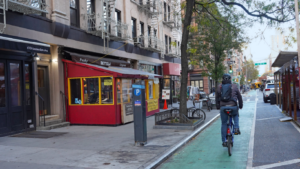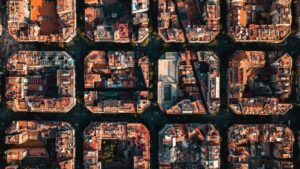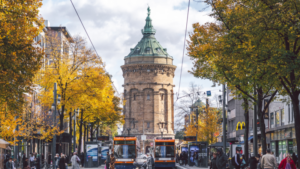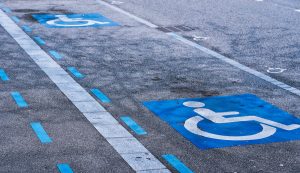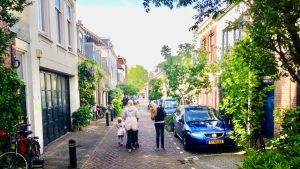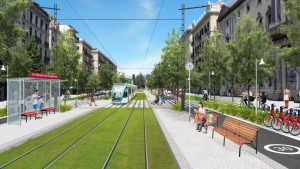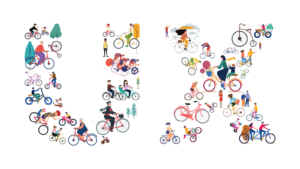The design of transport infrastructure, streets and public space.
It involves quality of public space, urban design, tactical urbanism, placemaking, dynamic and flexible curb side management, etc.

Fundamentals of Public Transport: key components for success
This course explores the essentials of public transport, defining key concepts, evaluating success, improving services, and addressing funding and management. You will gain a comprehensive understanding of creating efficient, user-friendly public transport systems.
Frequently Asked Questions about Urban Design and Place Making
1. Do I need a degree to work in Urban Design and Placemaking?
A degree can be helpful, but it’s not always a must. Many jobs in the field focus more on practical experience in areas like designing public spaces, tactical urbanism, and placemaking, as well as technical expertise in urban planning, user experience (UX) design, and flexible curb-side management. These skills can sometimes help open doors even without academic qualifications.
2. What are common topics covered in Urban Design and Placemaking courses?
Topics covered in these courses include the design of transport infrastructure, city streets, and more. You will also get the chance to work with visualisation tools and on user experience (UX) design, as well as explore accessibility in urban mobility and people-centred public spaces like Superblocks and the Woonerf concept.
3. What skills or experience do I need to start a career in Urban Design and Placemaking?
To get started, you’ll need a good grasp of urban planning and design, placemaking and public space quality, and an understanding of user experience (UX) design for urban environments. Experience in project management, data analysis, and tactical urbanism can give you an extra edge.
4. What are some common career paths for someone learning about Urban Design?
You can pursue roles like transport policy analyst, urban planner, public transport coordinator, congestion management specialist, sustainable mobility consultant, and many others. People in this field often find opportunities in government agencies, urban planning departments, consultancy firms, and non-profit organisations that focus on sustainable transport.
5. What are the benefits of taking an online course about Urban Design?
An online course in Urban Design offers flexibility and convenience, letting you learn at your own pace from anywhere. Plus, these courses are often updated, which means they provide current knowledge and practical skills that are directly useful in the industry and could lead to job opportunities.
6. Why is it important to learn about Urban Design?
It’s essential to learn about Urban Design in order to promote the creation of functional, aesthetic, and inclusive urban spaces. This knowledge equips you to build vibrant, accessible, and sustainable cities.
7. How long do courses about Urban Design typically take to complete?
Course lengths vary, but most can be completed in a few days to a couple of weeks, depending on the material and your speed.
For detailed information on specific courses, visit these pages:


